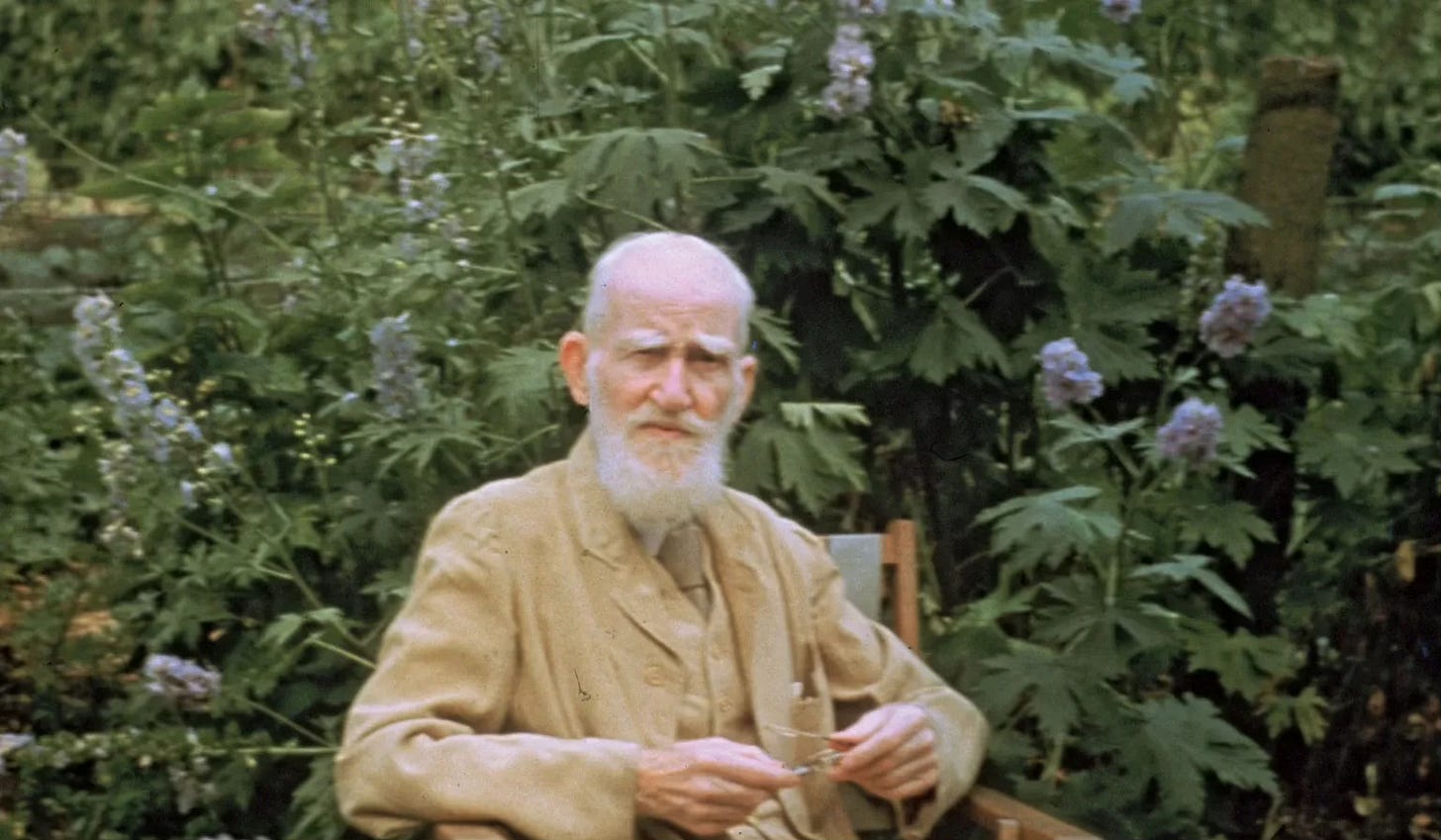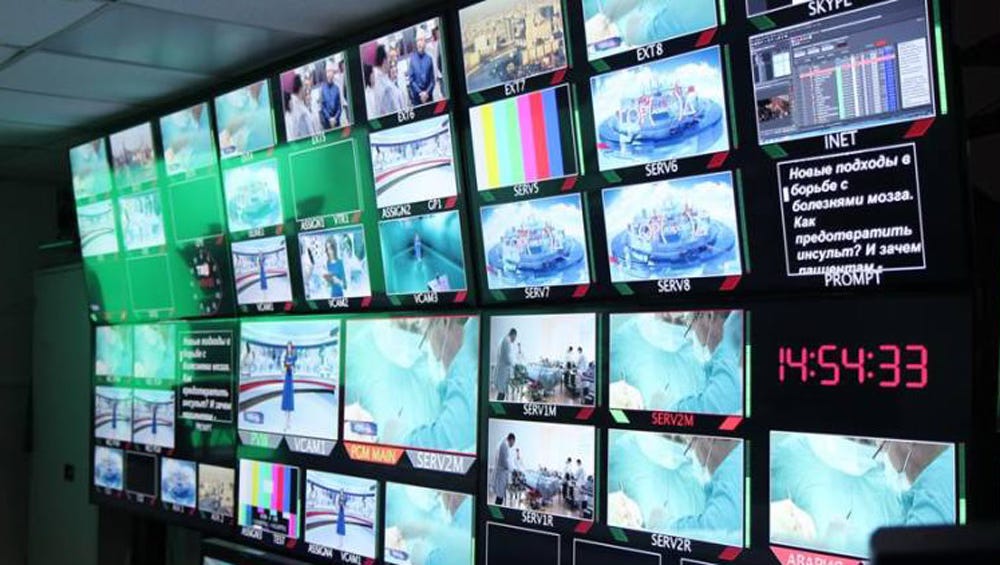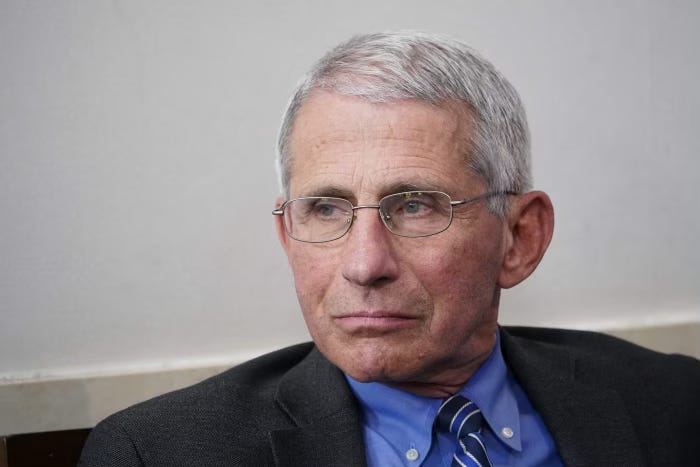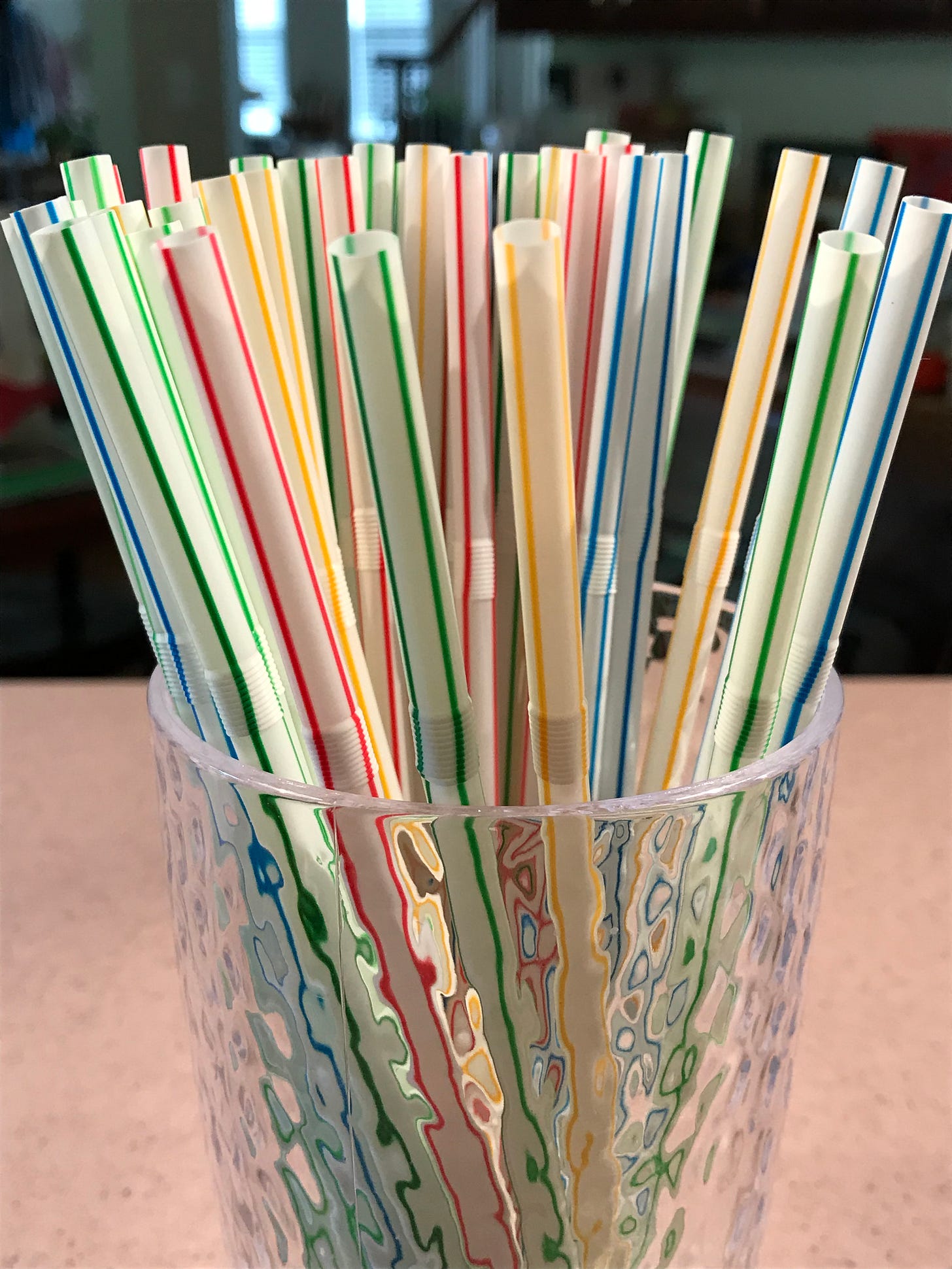The Big Problem with AI
Garbage In = Garbage Out
Today, artificial intelligence promotes the 500 million plastic straws are disposed of daily statistic more than 7 years after the absurd figure was debunked.
There may be many uses for artificial intelligence (AI), but AI is not the magic elixir many of its cheerleaders believe.
I acknowledge I am not an expert on artificial intelligence. I’m definitely not completely dialed-in on the topic. I’ve watched developments of AI from afar. I have listened to the conversations and debate. And there is considerable debate. Make no mistake that AI is a very big deal. It’s more than a national issue. It is a global issue. There are broad issues that must be addressed such as guidelines of use, disclosures, taboos, and safety features of AI, just to name a few.
Global concerns of AI are so significant that even Pope Francis issued a stark warning in 2024:
The ability of certain devices to produce syntactically and semantically coherent texts, for example, is no guarantee of their reliability. They are said to ‘hallucinate’, that is, to create statements that at first glance appear plausible but are unfounded or betray biases.
Despite what AI supporters may claim there are several capabilities AI cannot replace. Let’s examine a couple.
However one defines it there is the ‘human spirit.’ Simply stated, AI cannot replace the human spirit. The human spirit is one thing that can drive human behavior that doesn’t align with the ‘facts.’ I am reminded of the excellent quote by George Bernard Shaw. He argues mankind’s greatest progress is made by those who do not adhere to the rules. They do not obey what is understood to be proper and correct. It’s the human spirit that guides them. Shaw observed:
The reasonable man adapts himself to the world; the unreasonable man persists in trying to adapt the world to himself. Therefore all progress depends on the unreasonable man.
Another nebulous quality is emotion. It is not something we see, touch or hear. It’s what we feel. A trio of researchers addressed how critical emotion can be. They made the case healthcare is more than just physical actions when dealing with an ailing patient. Sometimes emotion has a role. Emotion can provide a connection between healthcare provider and patient that may make the difference in recovery. In a paper they wrote:
[A] big part of medical care is helping patient’s cope with bad news and regain agency to take necessary next steps to help themselves. Oncology patients who sense that their physician was empathizing with them when discussing their cancer diagnosis cope better, seeking treatment and support groups more actively than patients who did not feel so accompanied and had longer periods of confusion and anxiety after receiving difficult information.
AI cannot supplant emotion despite those who may believe otherwise. The 2013 film titled “Her” where a lonely man falls in love with an artificial intelligence operating system named Samantha is merely fiction. Totally make-believe.
I have been involved in news media discussions on how to use AI. There are two benefits I’ve heard over-and-over again. First, is the straight-up financial windfall of using artificial intelligence in the newsroom. Simply put, AI will allow newsrooms to replace living, breathing people.
The head of one technology company confided to me his firm was working with a television broadcaster to integrate AI into the company’s media management system to develop daily newscasts. This particular TV broadcaster (the identity wasn’t revealed due to a non-disclosure agreement) wanted to replace its flesh-and-blood executive producers with AI. Ka-ching! No salary, no payroll taxes, no benefits to be paid. Just like that, AI can save the broadcaster oodles of money.
Typically, the executive producer, or EP as they say in the business, is the senior producer who decides what news stories are included in a particular newscast (e.g. morning, midday, evening, late night, etc.) A strong and savvy EP can make a newscast sing. A great EP can make the difference between first and last place in the time slot. A half-hour newscast is generally 22-23 minutes of news content and the balance is commercial time. An EP must wisely choose news stories in order effectively use the precious little time that is available.
Tough decisions must be made. Which stories lead the newscast? Which get featured? Which stores get dismissed altogether to find a home only on the website? An EP must sometimes walk a fine line in choosing what are the most newsworthy stories versus which will attract viewers. Sometimes there are trade-offs. Trade-offs are necessary because a news station cannot inform if it has no viewers.
Anyone who has worked in a television newsroom instantly knows there are some stories that are ‘must-run.’ These are the stories that inform and entertain the viewers. An experienced EP instinctively knows how to connect with the audience. A story filled with emotion will typically resonate more with the public than a segment filled with statistics. These are some of the tough choices an EP must make for every newscast. Can AI do the same? I wouldn’t bet money on it.
The second-most talked about role for AI is to write news stories. Replacing an EP is worrisome. Having AI write news stories is downright frightening. Understand that AI only works with digital content found on the Internet. If the material isn’t on the internet then it doesn’t exist, according to AI. Using AI would only regurgitate details and stories that already exist online. Eventually, the same stories will be repeated over and over again. There is a danger in this.
Allow me to digress. What has grown rapidly in recent years in America’s newsrooms is what’s referred to as ‘news aggregation.’ The suggestion by the term ‘aggregation’ is news stories are collated from multiple sources. From this collection of news stories selections are made on what content to use. But the term ‘aggregation’ is a misnomer.
In reality, news organizations are repurposing content, which is reusing someone else’s news story. Did you like a particular news story you read? Rewrite it in your own words to avoid claims of plagiarism, add a few more sources, and throw-in some ‘art’ (e.g. photos, video, graphics) to complete your package. This is like trying to pass off as a 5-star meal a combination of left-overs from the fridge.
The practice of ‘news aggregation’ is deeply concerning. And it is growing rapidly throughout the news universe.
Repurposing the content of others has become the norm. One reason is an overriding goal to produce more content. News directors (or their bosses, or both) are choosing quantity over quality. In fact, there are some newsroom leaders who attempt justify their employment or build the case for greater compensation by giving totals of the number of news stories produced on their watch.
Another reason for repurposing the content of others is it means reducing or even eliminating newsgathering. Newsgathering can be the most difficult and time-consuming element of crafting a news story. Why send someone outside of the newsroom to collect facts when they can merely surf the web from the comfort of their desk and cherry-pick the news stories of others? Think of it as newsroom in-breeding.
Reality check: not everything exists on the internet. In fact, the majority of global information is found off the web. First person accounts of an event are found off the web: witness to the accident, bystander who pulled the child from the home engulfed in flames, serviceman who describes the firefight with the enemy. I could go on.
Here a few examples of news stories that were quickly acclaimed as ‘settled science.’ The stories were deemed credible and unassailable and anything to the contrary was labeled misinformation.
In 2006, Al Gore warned, “Within the decade there will be no more snows of [Mount] Kilimanjaro.” Twenty years later it is still snow-packed and doing fine.
The BBC claimed Arctic summers would be ice-free by 2013. They are not.
The New York Times reported East Coast beaches would be gone by 2020. Nope. Beachgoers are still getting sand in their swimsuits.
The 2020 narrative was covid was a natural phenomenon originating in a very specific ‘wet market’ among the hundreds, possibly thousands of wet markets globally, and not at the nearby Chinese government lab engaged in turning viruses into possible bioweapons. That wet market as the origin of covid was false.
Even when facts emerge to debunk a falsehood, AI may stay with the lie. Consider the case of the plastic straws.
In 2018, Ian Calderon was the Democratic Majority Leader in the California General Assembly when he introduced a bill that would make it a criminal offense for wait staff to offer a plastic straw to restaurant patrons without being asked. Servers could be slapped with up to a $1,000 fine or six months in the pokey. These harsh punishments were deleted during committee deliberations.
Calderon’s bill was the latest development in a craze sweeping progressive lawmakers. A plastic straw ban went into effect in Seattle the previous summer. San Francisco was to follow suit in 2020. Jurisdictions were responding to hysterical reporting that plastic straws were being consumed, and littered, at an astonishing rate.
The usual suspect of liberal news outlets including the New York Times, CNN, the Washington Post, Time, NBC News, and others (here, here, here, here, here, here, here) were onboard the anti-straw bandwagon. These and hundreds of other news outlets reported that half-a-billion plastic straws were used daily in America.
Think about that number for a moment. Half-a-billion. The report that 500,000,000 straws were being used daily suggests every man, woman, and child and everyone else from newborns to the incarcerated to those on life support were using more than 1.5 straws per person per day. Even 1/10th of that figure – 50 million straws a day – would seem rather high. But aside from this author and perhaps a few others, no one in newsrooms across America was skeptical at this astronomical 500 million straws a day figure. Perhaps because it fit so nicely into a favored narrative. Despite how astonishing the figure was, it was a ‘fact,’ according to America’s newsrooms.
I tracked the origin of that figure. It took some effort. The 500 million straws per day statistic was traced back to a recycling company named Eco-Cycle, which promoted that figure. And where did Eco-Cycle get that number? From Milo Cress.
Milo Cress is not a what. Milo Cress is a who. And how did Milo Cress arrive at the number of 500 million straws used and tossed every single day? He had no research, facts or data to back it up. An Eco-Cycle official told me the number was a ‘guesstimate.’ Oh, and one other thing. Milo Cress was 9-years old when he guesstimated the 500 million figure.
To recap, a schoolboy ‘guesstimated’ the number of 500 million straws used and discarded daily for an elementary school project. In short order, the number became ‘fact’ in newsrooms throughout the US. The figure originated in the mind of a 9-year old and landed on the pages of America’s most prominent newspapers and was headlined on cable news outlets.
It's well-understood the 500 million straws figures is wildly inaccurate and totally absurd. How does artificial intelligence handle this today, more than 7 years after the 500 million figure was debunked? Not very well. Moments ago, I asked Google, “How many straws are used daily in the US?” Google, which uses Gemini AI, answered: 500 million straws.
Garbage in = garbage out.
Mark Hyman is a 35-year military veteran and an Emmy award-winning investigative journalist. Follow him on Twitter (X) at @markhyman.
Mark welcomes all news tips and story ideas in the strictest of confidence. You can reach him at markhyman.tv (at) gmail.com.









